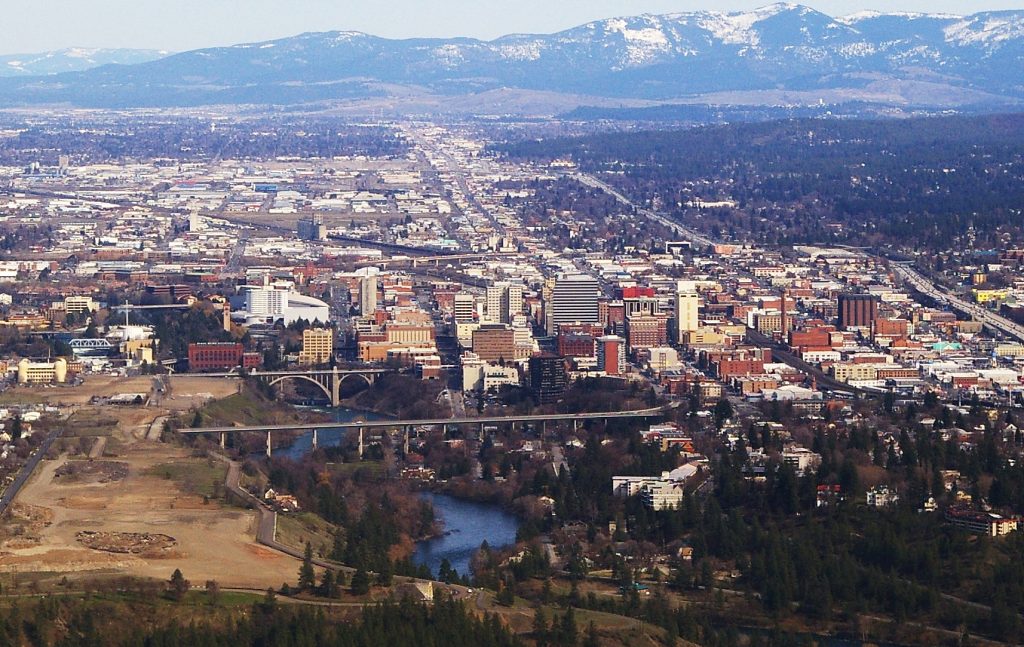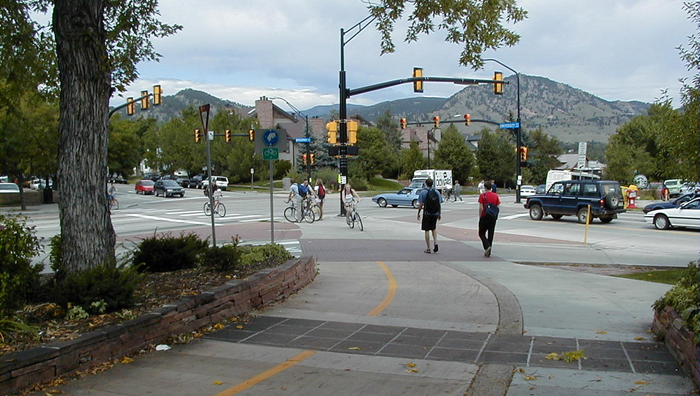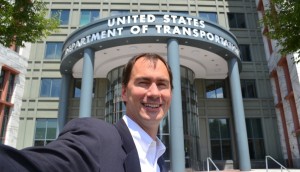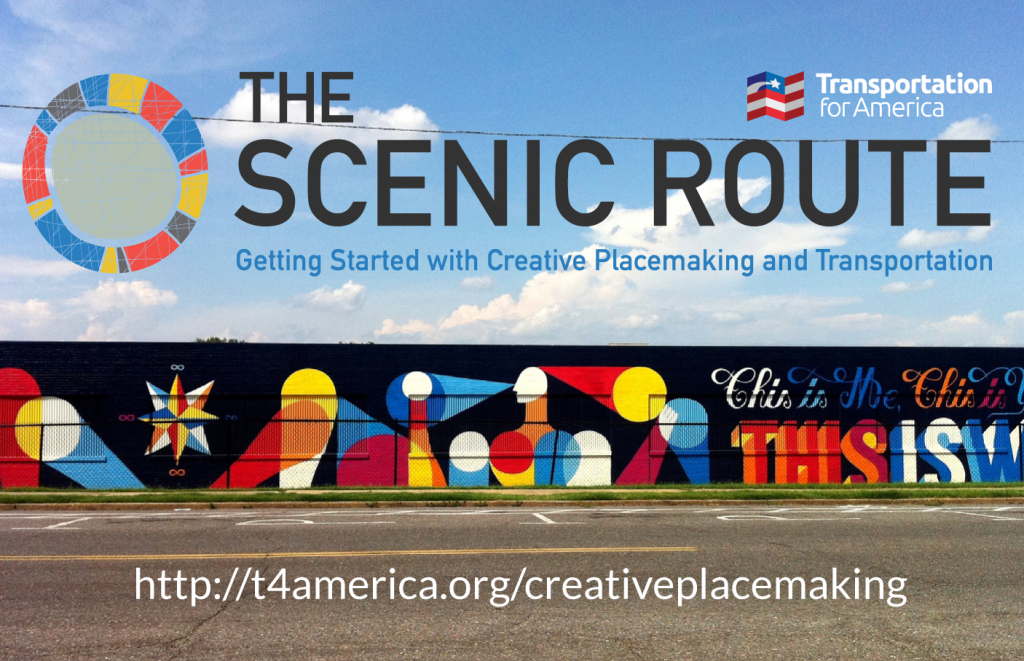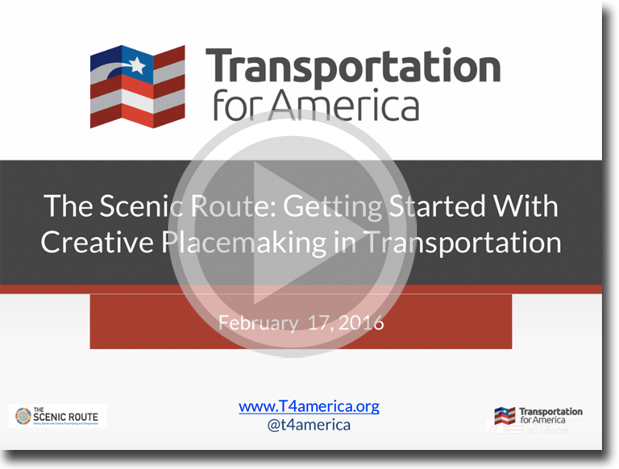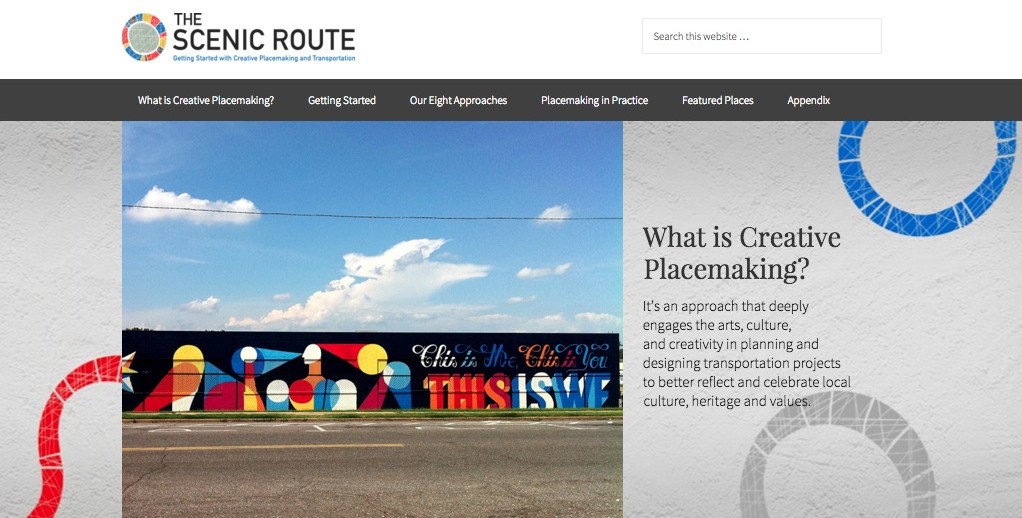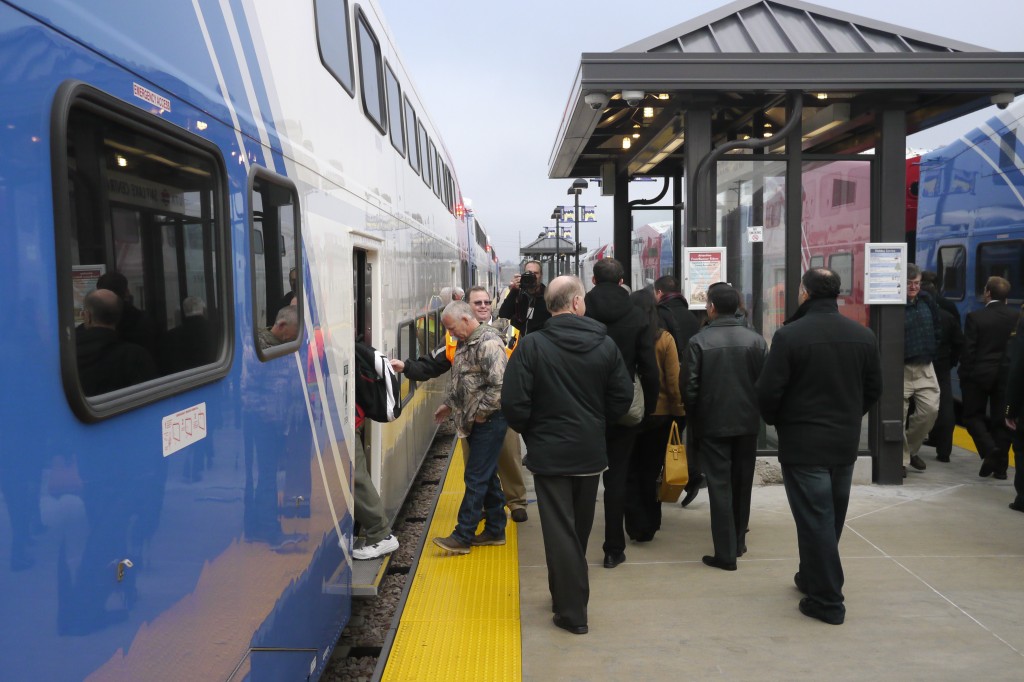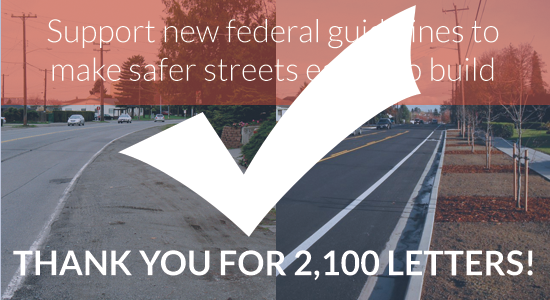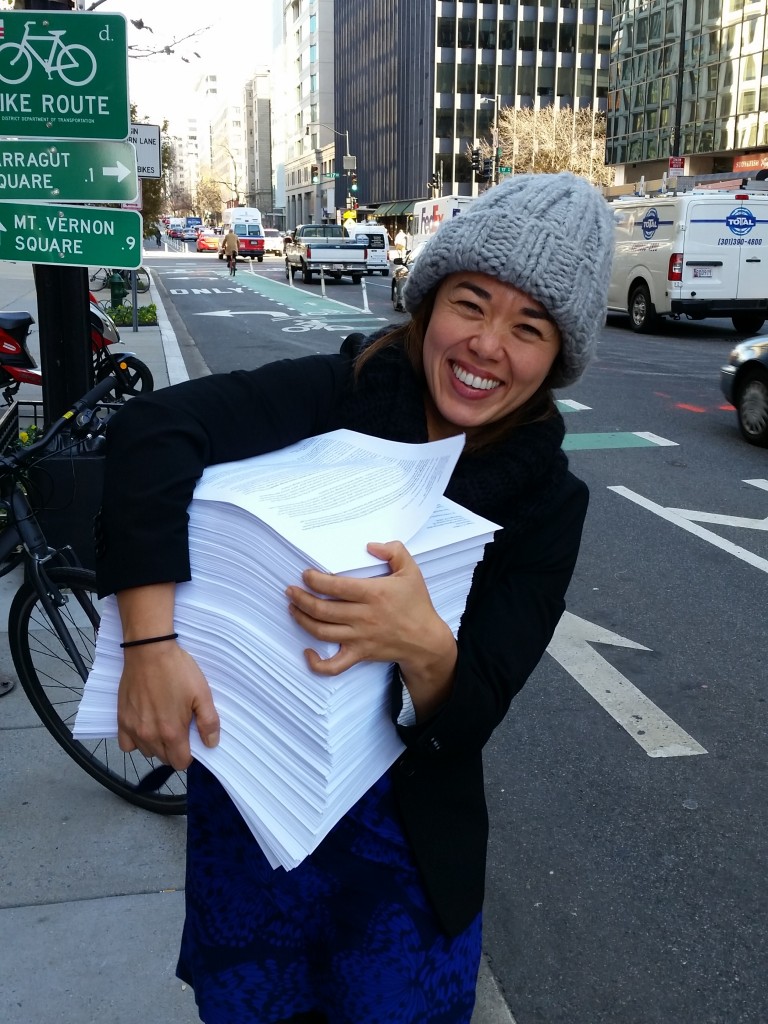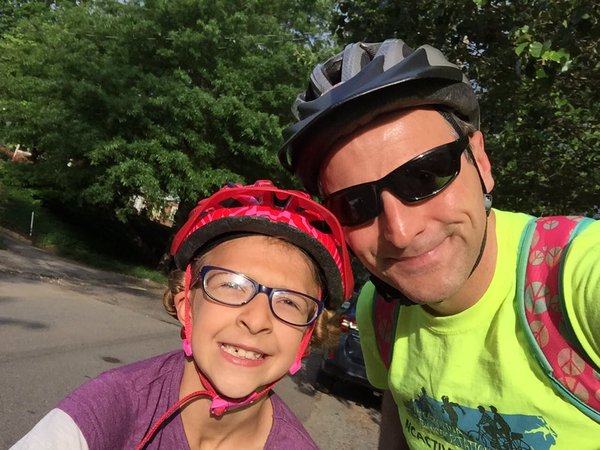
This Friday, thousands of people across the country will put on their helmets and take to the streets for National Bike to Work Day, an annual event promoting active commuting options and safer streets.
 Will you be joining the event this week? If so, make your ride even more impactful by telling USDOT to #MakeMeCount and look at people, not just vehicles, when it comes to measuring how well a street works.
Will you be joining the event this week? If so, make your ride even more impactful by telling USDOT to #MakeMeCount and look at people, not just vehicles, when it comes to measuring how well a street works.
More and more Americans are choosing to bike — as well as walk, take transit, or share a ride — to work each day. Yet a recent USDOT proposal for measuring traffic congestion would ignore all these people when evaluating whether a street is working well or not.
If you bike to work this week, snap a photo and share it on Twitter or Facebook with the following text:
USDOT’s proposed rule would make driving fast the ultimate goal of our transportation system—regardless of what type of street you’re on. That means driving fast could take precedence along streets where children are walking or commuters are biking, as so many people will be doing this week.
Don’t plan to bike this week but still support streets that work for everyone? Sign the petition to USDOT and then help spread the work with our gallery of shareable images.
I’ll be asking USDOT to #MakeMeCount this Friday. I hope you’ll join me.




